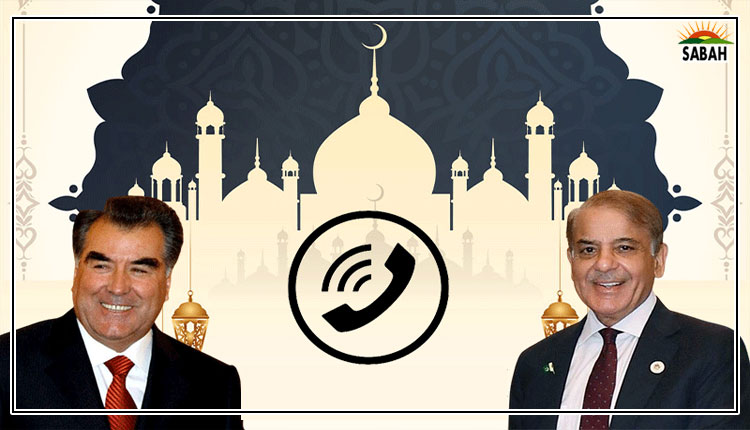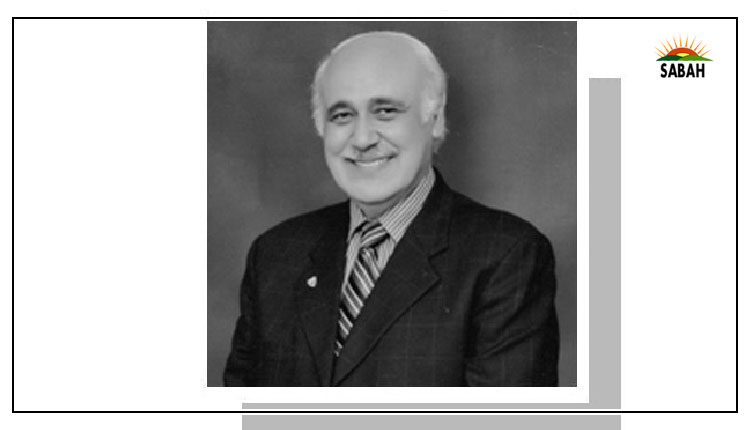Lionised in London …. F.S. Aijazuddin
WHOEVER designed Istanbul airport must have been inspired by the phrase: ‘Walk that extra mile’. Passengers have to walk over endless travelators until they reach the immigration counters. Turkey admits only the fittest.
The extra exercise would have been less exacting, had one not spent 10 days treading the unyielding pavements of London. Fortunately, like the food there, the weather has changed. Gone the sooty smog of childhood, the Spartan meals, the lockdown on Sundays, the after-effects even into the mid-1950s of wartime rationing.
Today’s London is a vast epicurean table, with cuisine from every kitchen: Greek, Ethiopian, Indonesian, even Mexican chipotles. Reverse colonialism has conquered Britain. The Vikings brought power; the Romans civics and law; the colonies brought curries.
Khushwant Singh would have been delighted to learn that the final day of his KSLF 2024 ended in Cambridge. He loved Britain as only a foreigner can — with a recurring, unrequited, one-sided passion.
A speaker in Cambridge (a Brit-Pak professor of English at Bristol University) introduced her unforgiving diatribe against her father. It was patricide in print. Her father had been a professor of medicine at Lahore’s premier medical college. He was insensitive to a fault.
Candid in another way was Lord Simon of Salford, Master of Christ’s College. He had retired after over 40 years of distinguished service in the Foreign & Commonwealth Relations Office. He spoke openly about Brexit and sub-continental politics.
One of the oldest attendees at KSLF Cambridge was the indefatigable nonagenarian Sir Nicholas Barrington, the former ambassador/ high commissioner to Pakistan (1987-1994). Still active, he distributed freely his latest analysis on Afghanistan.
Cambridge University, like almost all British educational institutions now, is an academic campus of Chinatown. Once, seeing a foreign face in the UK was a rarity. Now, a British profile is hard to come by.
Interestingly, the Chinese tourists in Cambridge and in London were not geriatrics fulfilling the dream of a lifetime but young Sino-yuppies, tramping confidently over their British domain like the Roman legions did after their conquest of Britain in 55 BCE. Chinese restaurants in London are cheap, cheerful, and a chopstick’s length away from every home.
Ethnicity is no longer a novelty, as the Indian craft shops reeking of incense once were. It is part of British multicultural identity.
Certainly the most startling evidence of this fusion could be seen in the currently popular musical The Book of Mormon. However much one had heard of its shocking profanity, nothing prepared one for the actual performance. The theme seemed innocuous enough — the plight of white Mormon missionaries sent to convert black natives in Uganda.
The loud lyrics and the uninhibited choreography though oscillated between heresy (for Mormons), blasphemy (for monotheists), and rancid racism (for those of any colour). Judging from the cheers that greeted every solo, some in the audience had seen the show before. Obviously they craved more profanity.
The antidote to this unnerving cultural onslaught lay in the calming exhibition on Ranjit Singh: Sikh, Warrior, King, on display until October at the Wallace Collection in Manchester Square. The Wallace collection is a private benefaction by the Hertford family, comprising “fine and decorative arts from the 15th to the 19th centuries with important holdings of French 18th-century paintings, furniture, arms and armour, and Old Master paintings”.
Appropriately, the Sikh exhibition is derived from the private collection of a modern Sikh benefactor Davinder Toor. He has applied his wealth to amassing an enviable tosha-khana of rare relics and precious objects associated with the Sikh Raj during 19th-century Punjab. The exhibition is a tour de force of scholarship, design and imaginative display. For those who yearned for choices, there was on offer English tea and sandwiches on one floor and lassi and nimbupani a floor below.
Many of the exhibits on display had been filched by the East India Company following the annexation of the Punjab in 1849. These include Ranjit Singh’s golden throne. In a moment of imperial hubris, Lord Dalhousie commissioned a copy in wood for himself to sit in, enthroned in solitary splendour in his English manor. Also on show are a rarely seen ornate belt studded with large emeralds from Maharaja Ranjit Singh’s fabled treasury. The East India Company surrendered them to Queen Victoria after she remarked how much better they would look in her collection.
An associated lecture on 19th-century paintings by the Hungarian artist August Schoefft in the Princess Bamba collection in Lahore Fort brought Lahore and London together. The Lion of the Punjab is at last being lionised in London.
The writer is an author and an art historian.
Courtesy Dawn, June 13th, 2024












